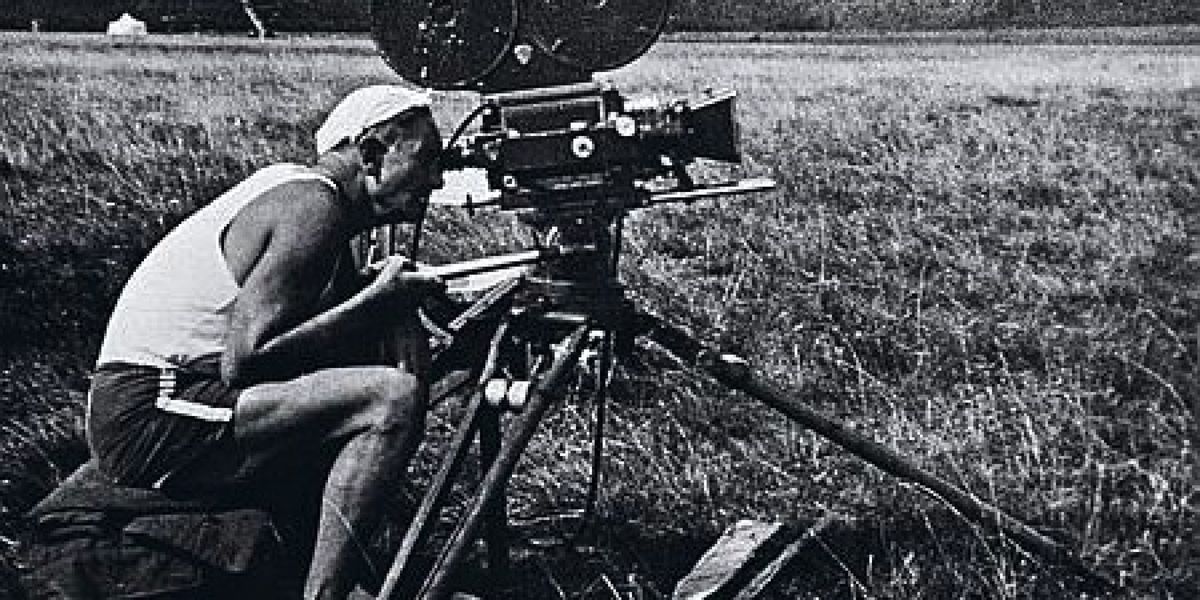
When it comes to Russian filmmakers, the first names that come to nearly everyone’s mind are Andrei Tarkovsky and Sergei Eisenstein. Both were exceptional, and Eisenstein is seen as the father of modern montage theory.
However, a lesser-known filmmaker, Vsevolod Pudovkin, proves just how integral Russian film was to cinema at the beginning of the 20th century by providing his own montage theory, slightly different from that of Eisenstein, that formed the foundation of the classic Hollywood style of editing, which is used in almost every film today.
Continue on to check out an informative video that explains Pudovkin’s essential editing techniques.
Who Was Pudovkin?
Though Pudovkin’s name may not ring a bell for some, his teacher’s might. Pudovkin was the student of Lev Kuleshov, who, for one, was arguably the very first film theorist ever, and two, was the one who demonstrated that editing meant more than splicing bits of film together to form a coherent story; it was powerful and could evoke emotions based on their order and juxtaposition.
This reaction to editing is called the Kuleshov Effect.
It is argued that Pudovkin was the experiment’s co-creator. It wouldn’t be surprising to learn for sure that he was, since his theories on editing helped establish modern editing, as well as create a film language for editing that we still use to this day.
At its core, the early Russian film theorists, like Pudovkin, believed that editing, the organization and placement of shots, was a means of expression that was unique to filmmaking — something that wasn’t (and still isn’t) done in literature, theater, paintings, or the plastic arts. “The foundation of film art is editing.”
Pudovkin’s Editing Techniques
Pudovkin’s approach to montage focused on the idea that the juxtaposition of individual shots or images in a film sequence could create meaning and emotional impact beyond what could be achieved by each shot independently. He believed that the essence of cinema lay in the way shots were assembled, rather than in the shots themselves.
Pudovkin identified several types of montage that he used in his films, including:
- Contrast Montage: This involves placing two shots with contrasting content or meanings next to each other to create a stronger emotional or intellectual impact. For example, cutting from a shot of a starving person to a shot of a delicious meal can emphasize the contrast between hunger and abundance.
- Parallel Montage: In parallel montage, shots from different storylines or locations are intercut to create a sense of simultaneous action or events. This technique can be used to build tension and show the interconnectedness of different characters or plotlines.
- Associative Montage: Associative montage is based on the idea of linking shots together based on their thematic, visual, or emotional associations rather than their narrative continuity. This can be used to convey a character’s thoughts, emotions, or inner world.
Pudovkin’s ideas on montage were influential in shaping the language of cinema and had a lasting impact on filmmakers worldwide. His work, along with the work of other Soviet montage theorists like Sergei Eisenstein, contributed to the development of film editing techniques that continue to be used in filmmaking today.
A big thanks to Evan Richards for sharing his video with us. Also, who doesn’t like free film theory books from those who wrote the book on film?
Richards also gave a link to Pudovkin’s book Film Technique and Film Acting — a collection of his writings on cinema that was published in 1954. You can download the PDF for free here.
What do you think of Pudovkin’s and Kuleshov’s theory that editing is the foundation of film? Share your thoughts in the comments.
[via Evan Richards]














